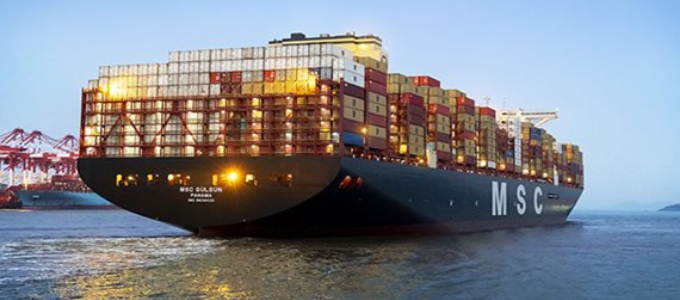Hazardous Goods Transport
Expand your business across the world with us taking care of your logistics
What are dangerous/hazardous goods?
The Business Dictionary defines dangerous goods as “articles or materials capable of posing significant risk to people, health, property, or environment when transported in quantity”. It also notes that dangerous goods is the “international standard term for goods covered under the UN Recommendations on the Transport of Dangerous Goods”. Dangerous goods are also called hazardous material, hazmat and hazardous cargo.
Dangerous goods can exist in solid, liquid and gaseous form. They can be colourless or coloured, hot or cold, odourless or pungent. They can be corrosive chemicals, explosives, batteries or even daily-use items such as hair spray, perfume, aftershave, liquor and cigarette lighters.

Shipper responsibilities
- Assigns correct class, PSN, hazard data to cargo
- Properly packs cargo, secures it in pallets (if needed) and stuffs it in containers
- Ensures that others (packers, container stuffers) comply with rules and regulations
- Prepares and submits paperwork that is accurate and complete
(IIP Certificate and MSDS Certificate) - Informs carrier of precautionary measures for stowage, especially for cargo that reacts to other cargo if kept together
Our responsibilities
- Checks that goods are permitted to be carried under the rules
- Prepare Haz Declaration
- Ensures documents, certificates submitted by shipper are in order
- Physically checks labels, placards, markings for accuracy
- Checks packaging for leaks and other damages
- Prepares DG manifest and ensures cargo is stowed as far from the accommodation area as possible
- Ensures all crew members have been instructed on emergency procedures
- Notifies authorities at the port of offloading
- Reports cargo to appropriate reporting agency, if required





